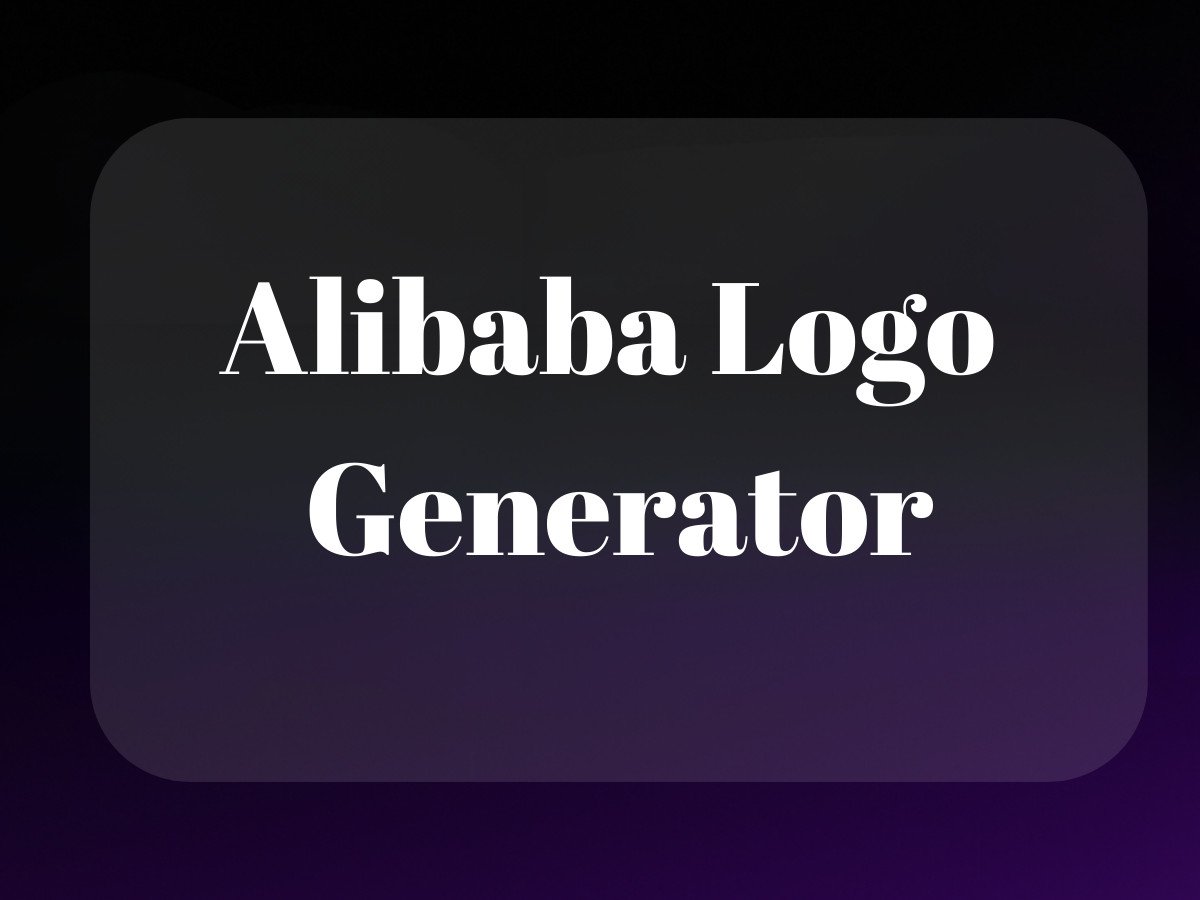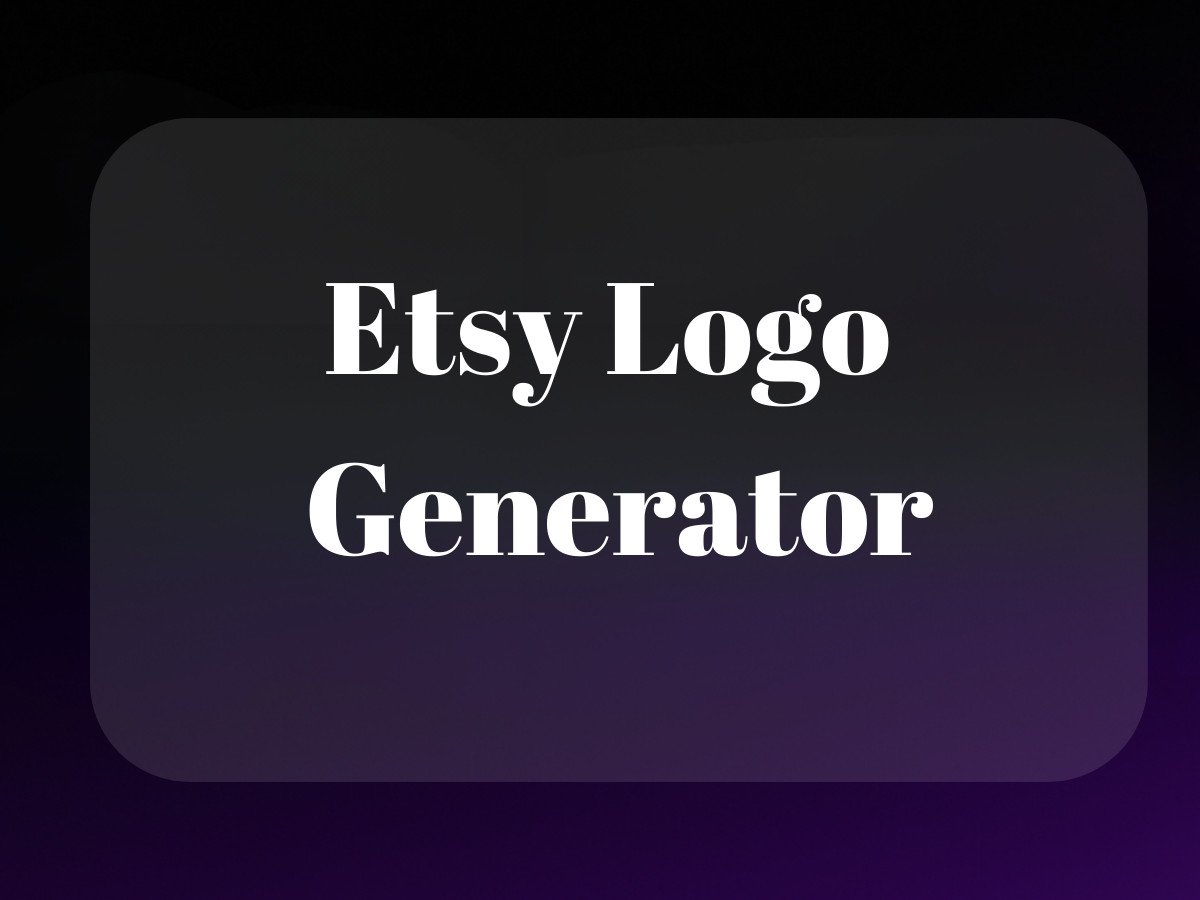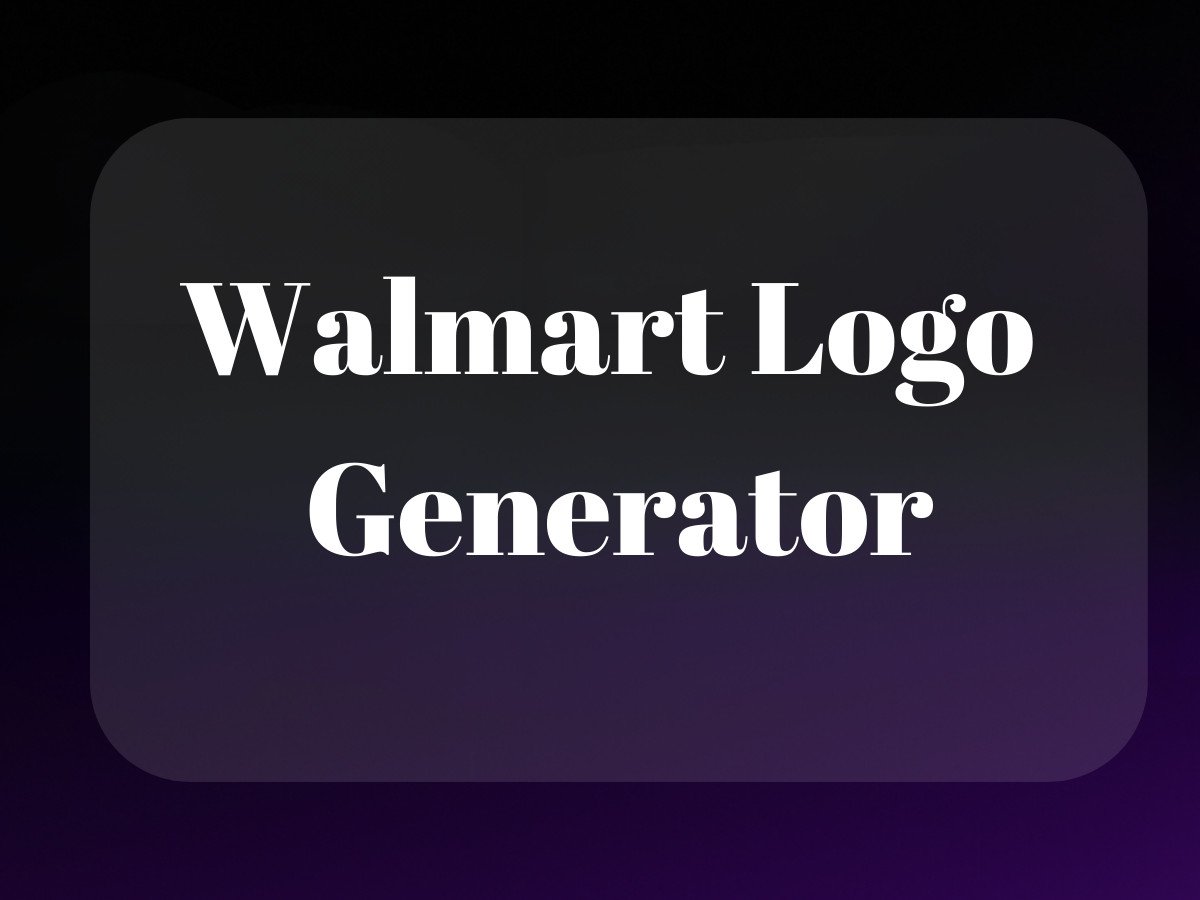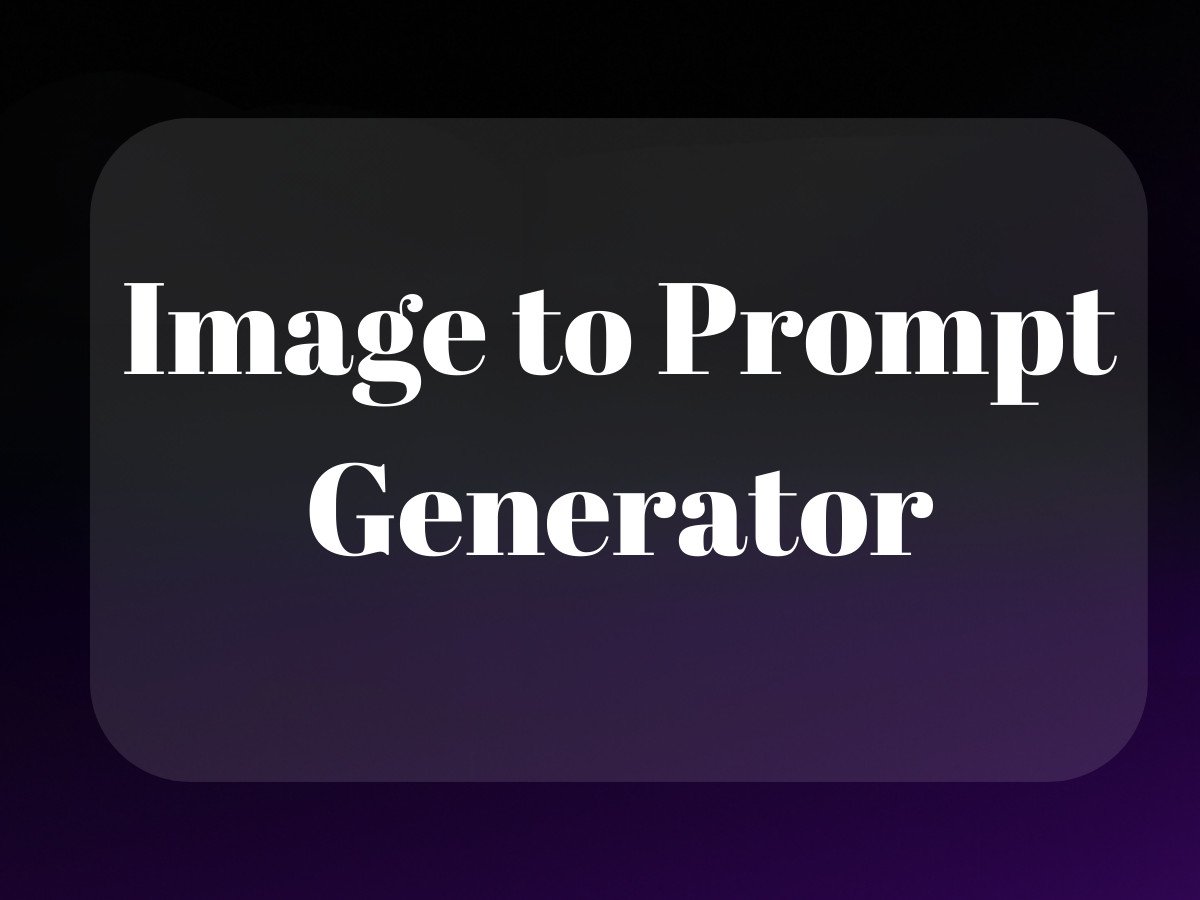The Reality of Amazon FBA Private Label in 2024
Remember when Amazon was just a bookstore? Now it’s the everything store, and everyone wants a piece of that pie. But here’s the thing about Amazon FBA private label – it’s not the gold rush it was in 2015, and it’s definitely not the dumpster fire some “gurus” claim it is in 2024. It’s somewhere in the middle, like most things worth doing.

I’ve spent the last decade watching brands navigate the Amazon ecosystem, and if there’s one thing I’ve learned, it’s that success in private label is less about finding that “perfect product” and more about understanding the game you’re playing. Think of it like chess – anyone can learn the moves, but mastery? That’s about strategy, patience, and understanding patterns. For those interested in mastering pricing, check out our Amazon pricing strategies.
What Makes Amazon FBA Private Label Different?
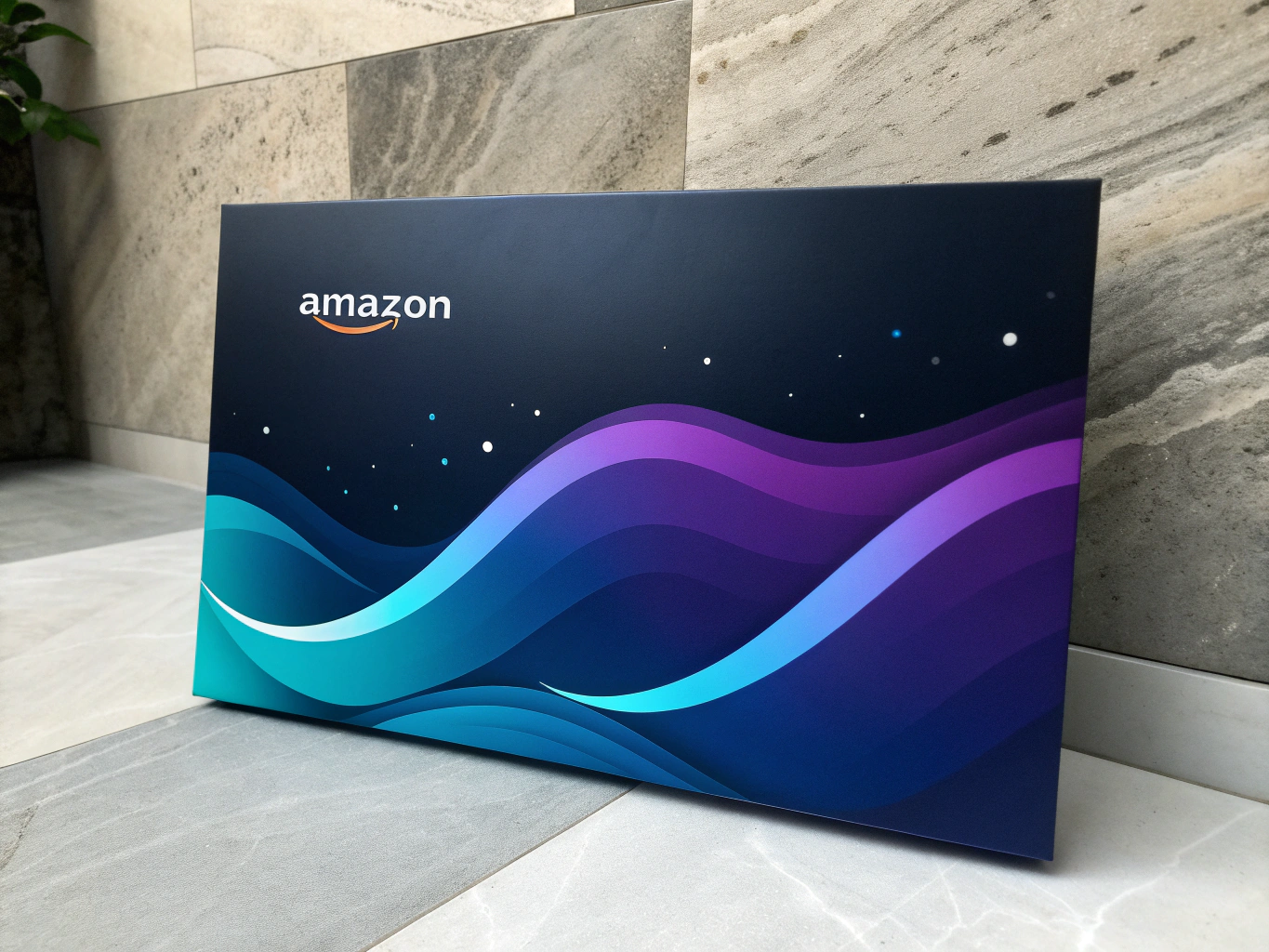
Let’s cut through the noise. Amazon FBA private label isn’t just regular Amazon selling with a fancy name tag. It’s like being the producer, director, and distributor of your own movie – except instead of a film, you’re creating products that solve real problems for real people. If you want to explore different ecommerce platforms, consider reading about Big Cartel vs Shopify.
The beauty of the private label model is that you’re building something that’s actually yours. Unlike retail arbitrage or wholesale, where you’re essentially a middleman, private label puts you in the driver’s seat. You control everything from product design to pricing, from packaging to marketing strategy. It’s your brand, your rules.
The Current State of Amazon Private Label
Here’s what nobody’s talking about: the market’s gotten smarter, not harder. Sure, competition has increased – according to Jungle Scout, there are over 2 million active sellers on Amazon. But guess what? Most of them are doing it wrong. They’re still playing checkers while the successful sellers are playing chess. To avoid common pitfalls, learn how to shop on Shopify effectively. For those looking to excel, understanding private label strategies can be crucial.
Starting Your Amazon FBA Private Label Journey
First things first – forget everything you’ve learned from those YouTube “experts” promising overnight millions. Success in private label is about methodical execution and smart decision-making. Let’s break down what actually matters.
Product Research: Beyond the Basics
Everyone talks about using tools like Jungle Scout for product research. And yes, they’re useful – essential even. But here’s what separates winners from wannabes: understanding the story behind the data. I’ve seen sellers pass on “perfect” opportunities because the numbers looked mediocre, while others struck gold with products that tools said would fail. If you’re interested in the beauty industry, check out beauty and wellness photography to enhance your product listings.
Take measuring cups, for example. On paper, they might look saturated – Amazon Basics owns a chunk of the market, and there are countless copycats. But dig deeper, and you’ll find niches within niches. Copper measuring cups? That’s a whole different ballgame, with passionate buyers willing to pay premium prices for quality and aesthetics. Additionally, consider how Photoshop compares to ProductScope AI for editing product images.
The Alibaba Trade Assurance Game
Sourcing products isn’t just about finding the cheapest supplier on Alibaba. It’s about building relationships and understanding the manufacturing landscape. Trade Assurance is your friend, but it’s not your only friend. I’ve seen too many sellers get burned because they thought a Trade Assurance badge meant they could skip due diligence. For deeper insights into building a brand, read about successful private label strategies.
The real magic happens when you start thinking like a product developer rather than just a reseller. What if instead of copying existing products, you actually improved them? What if you took the time to understand why customers leave those 3-star reviews and fixed those issues in your version? If you want to create engaging Instagram content, explore Instagram bio ideas.
This is where demand products come from – not from copying what’s already working, but from making what’s working work better. The most successful private label brands I’ve worked with don’t just sell products; they solve problems their competitors haven’t even noticed yet.
Strategic Product Research and Selection: Finding Your Amazon FBA Gold Mine
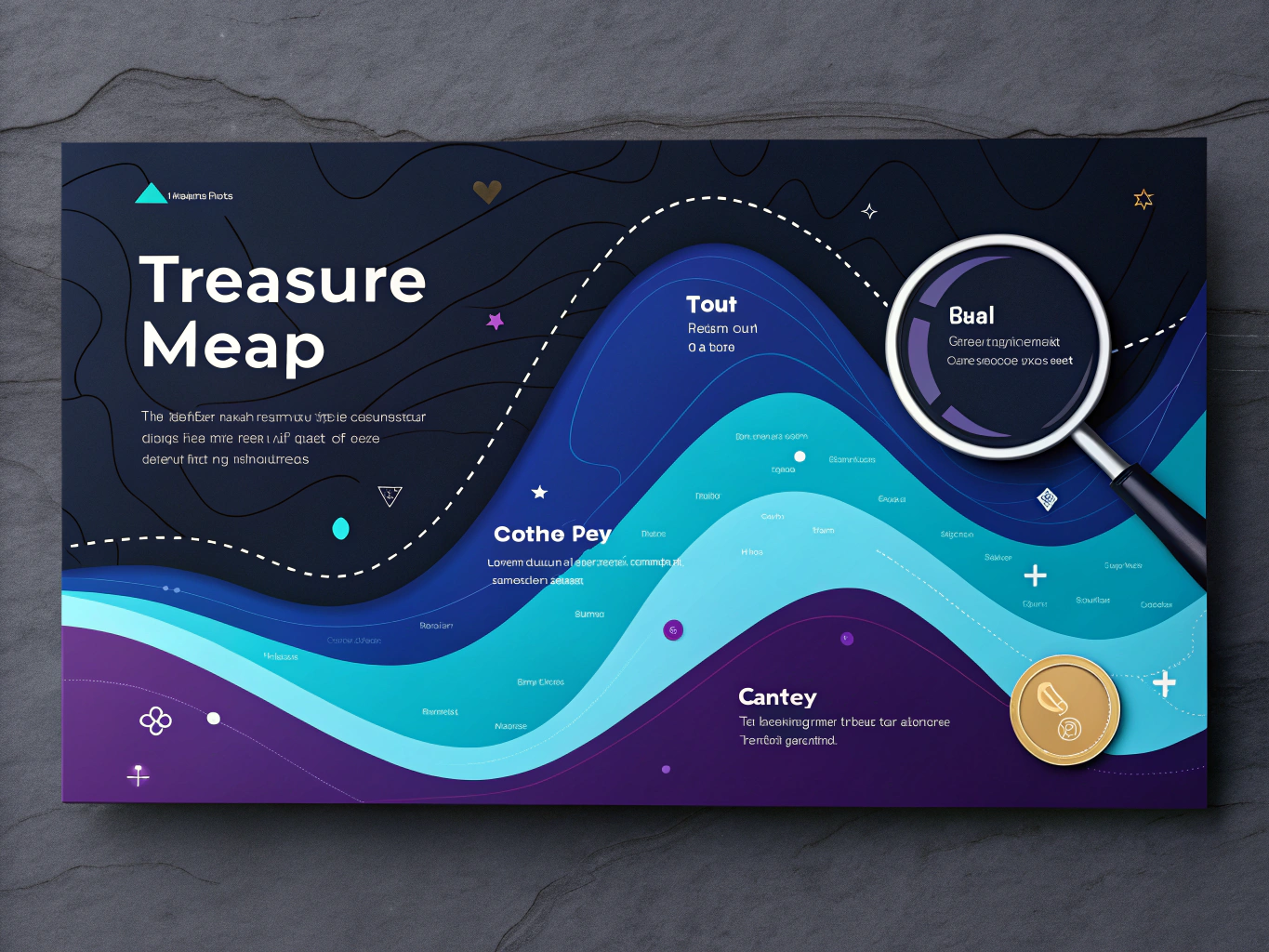
Let’s be real – launching a private label product on Amazon isn’t like throwing darts blindfolded (though sometimes it might feel that way). It’s more like being a detective, except instead of solving crimes, you’re hunting for product opportunities that’ll actually make money. Understanding return policies can also be crucial for customer satisfaction.
I’ve seen too many sellers jump into Amazon FBA private label without doing proper research, only to end up with a garage full of copper measuring cups nobody wants to buy. Trust me, I’ve been there – and it’s not fun explaining to your spouse why you have 500 units of what seemed like a “sure thing.”
Market Analysis: Your New Best Friend
Think of market analysis like dating – you wouldn’t marry someone without getting to know them first, right? Same goes for choosing your product. Tools like Jungle Scout aren’t just fancy spreadsheets; they’re your wingman in the Amazon marketplace.
Here’s what you’re looking for:
– Monthly sales volume of at least 300 units
– Average price point between $15-50
– Main competitors with less than 500 reviews
– Products that aren’t seasonal (unless you’re into that kind of stress)
The Art of Product Validation
Remember when Amazon Basics started making everything under the sun? They didn’t just wake up one morning and decide to make random products. They followed the data. And you should too. Consider how removing objects from photos can enhance your product imagery.
Your product idea needs to pass through these filters:
– Profit margins of at least 30% after all costs
– Lightweight (under 2 pounds ideally)
– Simple to manufacture (fewer moving parts = fewer headaches)
– No patent issues (seriously, don’t skip this step). For those in ecommerce, starting an ecommerce business on Amazon can be a rewarding endeavor.
Building Your Private Label Empire
Once you’ve found your product, it’s time to build something that’ll last. This isn’t just about slapping your logo on whatever Alibaba trade assurance supplier sends your way – it’s about creating a brand that customers actually care about.
Brand Development That Actually Works
Your brand is more than a pretty logo. It’s the story you tell, the problems you solve, and yes – even the way your product listing makes people feel. I’ve seen sellers crush it with the most basic products simply because they understood their customer’s pain points better than anyone else. Consider the benefits of using Instagram QR codes for marketing.
Think about it – why do people buy copper measuring cups when plastic ones work just fine? Because they’re making an emotional decision based on aesthetics, durability, and how they want their kitchen to look. That’s branding in action.
Standing Out in a Sea of Sameness
Here’s where most Amazon FBA private label sellers get it wrong – they try to compete solely on price. But unless you want to race to the bottom (spoiler alert: you don’t), you need to differentiate.
Some proven ways to stand out:
– Bundle complementary products together
– Improve on existing designs (those demand products with bad reviews? Golden opportunities). Learn creative marketing campaigns using AI to boost visibility.
– Create better packaging (yes, people actually care about this)
– Offer sizes or variations competitors don’t
Manufacturing: Where the Rubber Meets the Road
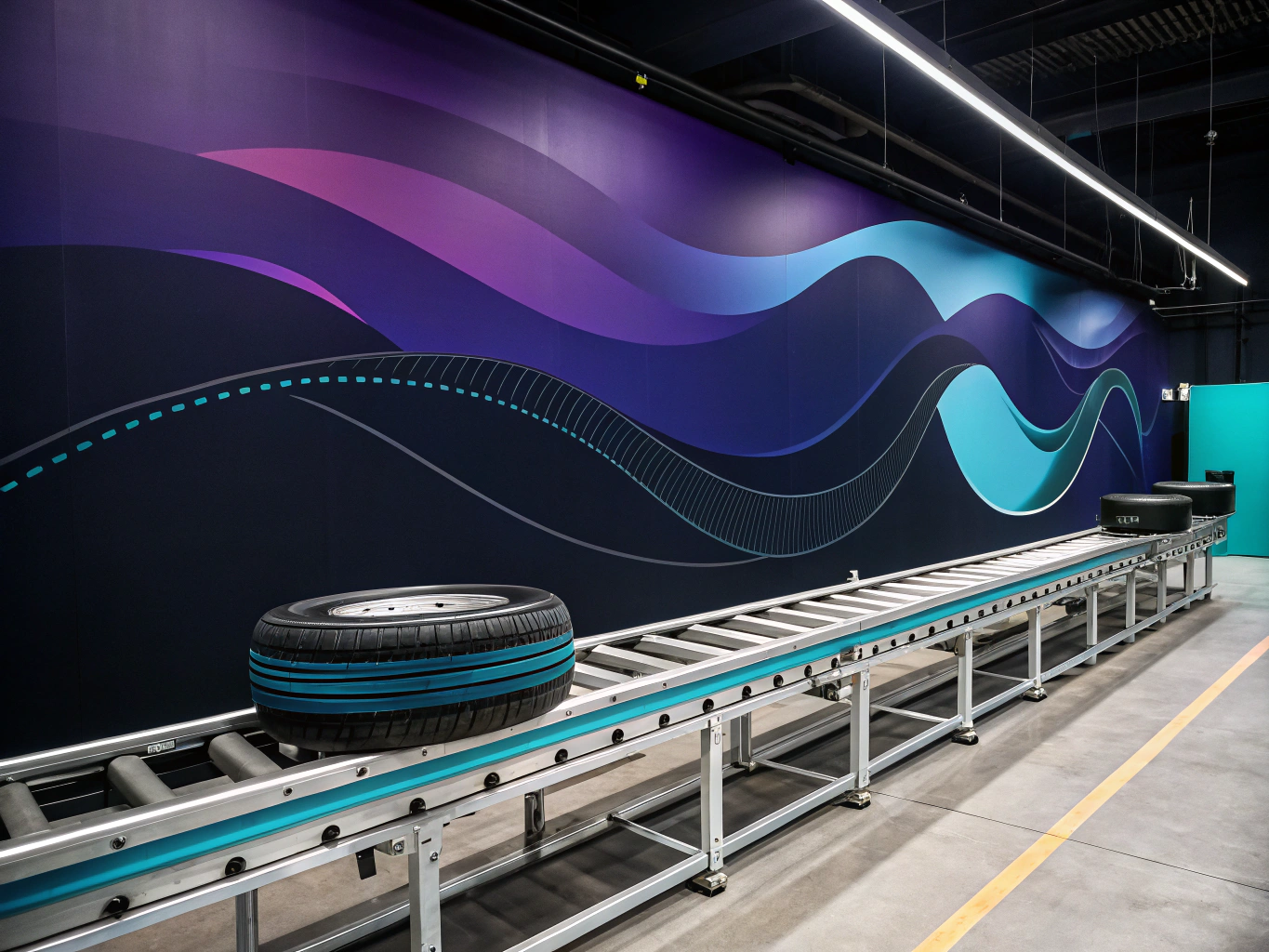
This is where things get real. Finding the right supplier is like finding a business partner – except they’re halfway across the world and you’ll probably never meet them in person. Fun, right?
Supplier Selection That Won’t Keep You Up at Night
When sourcing from Alibaba (let’s be honest, that’s where most of us start), look for:
– Gold suppliers with at least 3 years of history
– Trade assurance (non-negotiable)
– Clear communication (if they can’t understand your emails now, imagine when problems arise)
– Reasonable MOQs (Minimum Order Quantities). Also, explore if WordPress is good for ecommerce as an alternative platform.
And please, for the love of all things ecommerce, get samples. Multiple samples. From multiple suppliers. Your future self will thank you.
Quality Control: Because Returns Are Expensive
Remember when I mentioned those 500 units in your garage? Quality control could’ve prevented that. Set up a system for:
– Pre-production samples
– During-production inspections
– Pre-shipment quality checks
– Regular supplier audits. For unique selling channels, consider Walmart invitations to expand your reach.
Yes, it costs money. But you know what costs more? Bad reviews and returns eating away at your profit margins while your product listing slowly dies a painful death in Amazon’s algorithm.
Launching Your Amazon FBA Private Label Product
Look, I’ve seen countless entrepreneurs get stuck in analysis paralysis when it comes to actually pulling the trigger on their Amazon FBA private label launch. They’re like sci-fi heroes who’ve spent the whole movie training but never leave the simulator. At some point, you’ve gotta take that leap.
The Launch Strategy That Actually Works
Here’s the thing about Amazon’s algorithm – it’s like that friend who only remembers what you did recently. Your initial launch period is crucial, and I’ve found that a strategic “soft launch” followed by a full-scale push works best for most private label products.
Start with a small inventory batch (maybe 500 units) and use what I call the “triple-threat” approach: PPC campaigns, strategic pricing, and external traffic. Yeah, you might lose a bit of money initially – think of it as paying tuition to Amazon University. But this creates the momentum you need. Learn how to make Instagram private to control your marketing narrative.
Scaling Your Private Label Empire
Once you’ve got your first product humming along (let’s say your copper measuring cups are selling like hotcakes), it’s tempting to immediately launch five new products. Don’t. I’ve watched too many sellers spread themselves too thin, like trying to watch all seasons of Star Trek simultaneously – you’ll miss the important details.
Instead, focus on optimizing your initial product until it’s practically running on autopilot. Use tools like Jungle Scout to monitor your competitors, adjust your PPC campaigns based on actual data, and build out your brand presence through Amazon’s Brand Registry program. If you sell on eBay, understanding the eBay 1099 form can be crucial for managing taxes.
Advanced Amazon FBA Private Label Strategies
Here’s where things get interesting. The real money in private label isn’t just in selling products – it’s in building a brand that customers actually care about. Think Amazon Basics, but with personality (and better margins).
Leveraging Alibaba Trade Assurance
When sourcing products, especially for demand products like kitchen supplies or home goods, Alibaba Trade Assurance is your best friend. It’s like having insurance for your supplier relationships. I’ve seen too many sellers skip this step and end up with container loads of unusable inventory.
The key is building relationships with multiple suppliers while maintaining quality control. Don’t put all your eggs in one basket – or all your measuring cups in one factory, if you will.
Optimizing Your Product Listing for 2024
The days of keyword stuffing are dead (thank goodness). Today’s successful product listing reads like it was written by a human, for humans. Use AI tools to help with keyword research, sure, but inject your brand’s personality into every bullet point.
And please, for the love of all things profitable, invest in good photography. I’m talking lifestyle shots that make your copper measuring cups look like they belong in a cooking show, not a garage sale.
The Future of Amazon FBA Private Label
Let’s get real about where this is all heading. The private label space is evolving faster than smartphone models, and staying ahead means embracing new technologies while keeping your human touch.
AI and automation are becoming game-changers for product research and listing optimization. But here’s what most people miss: the most successful private label brands aren’t just selling products – they’re building communities around their offerings.
Think about how you can use social proof, user-generated content, and even TikTok to build a brand that transcends Amazon. The platform should be your launchpad, not your final destination.
Final Thoughts on Amazon FBA Private Label Success
Success in Amazon FBA private label isn’t about finding that one perfect product or following some guru’s “secret formula.” It’s about building a sustainable business that can weather Amazon’s constant changes while delivering real value to customers.
Remember: your competition isn’t just other sellers – it’s customer indifference. Stand out by building a brand that people actually want to buy from, not just another faceless Amazon listing.
Start small, think big, and never stop optimizing. And hey, if your first product fails? Consider it data for your next launch. After all, even Jeff Bezos started in a garage – though I bet he had better measuring cups than most of us. For those considering entering the market, exploring Amazon listing optimization can provide a competitive edge.
Related Articles:
- The Golden Rules of Amazon Pricing Strategies | ProductScope AI
- Walmart Invitations: Your Guide to Custom Party Cards
- How to Make Instagram Private: A Step-by-Step Guide to Privacy Settings
Frequently Asked Questions
What is amazon fba private label?
Amazon FBA private label is a business model where sellers create their own brand of products by purchasing generic items from manufacturers and labeling them with their own brand name. This approach allows sellers to leverage Amazon’s Fulfillment by Amazon (FBA) service, which handles storage, packaging, and shipping, to efficiently manage their own branded products.
How to do amazon fba private label?
To do Amazon FBA private label, start by researching and selecting a profitable product niche, then find a reliable manufacturer to produce your products. Next, create your brand and design product labels and packaging, register your brand on Amazon, and list your products on the platform. Finally, utilize Amazon FBA to handle logistics, allowing you to focus on marketing and growing your brand.
What is amazon fba private label business?
An Amazon FBA private label business involves creating and selling your own branded products on Amazon while utilizing their FBA service to manage logistics. This business model allows entrepreneurs to build their own brand identity and scale operations quickly by leveraging Amazon’s vast customer base and fulfillment network.
Amazon fba – how to sell private label products & earn!?
To sell private label products and earn on Amazon FBA, first identify a product with strong demand and low competition. Develop a unique brand and product offering, then create compelling Amazon listings optimized for search visibility. Drive sales through strategic marketing efforts, such as Amazon advertising and social media promotion, while leveraging FBA for efficient order fulfillment.
Sourcing alibaba and how to sell on amazon fba private label?
Sourcing from Alibaba involves finding and partnering with manufacturers who can produce your private label products at competitive prices. Once you have sourced your products, ship them to Amazon fulfillment centers and list them on Amazon under your brand. Use Amazon FBA to streamline the sales process, handling storage, shipping, and customer service, allowing you to focus on marketing and expanding your product range.
About the Author
Vijay Jacob is the founder and chief contributing writer for ProductScope AI focused on storytelling in AI and tech. You can follow him on X and LinkedIn, and ProductScope AI on X and on LinkedIn.
We’re also building a powerful AI Studio for Brands & Creators to sell smarter and faster with AI. With PS Studio you can generate AI Images, AI Videos, Chat and Automate repeat writing with AI Agents that can produce content in your voice and tone all in one place. If you sell on Amazon you can even optimize your Amazon Product Listings or get unique customer insights with PS Optimize.
🎁 Limited time Bonus: I put together an exclusive welcome gift called the “Formula,” which includes all of my free checklists (from SEO to Image Design to content creation at scale), including the top AI agents, and ways to scale your brand & content strategy today. Sign up free to get 200 PS Studio credits on us, and as a bonus, you will receive the “formula” via email as a thank you for your time.

